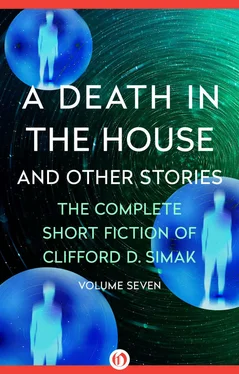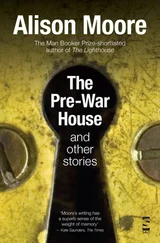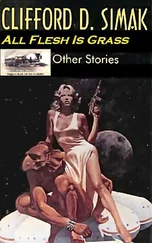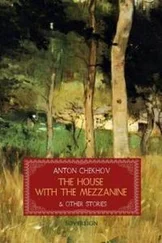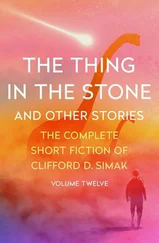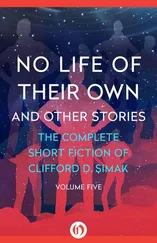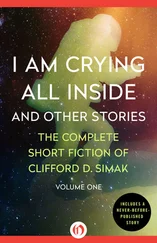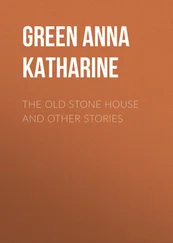I went back to the driveway. When I got to the foot of the stairs that led to Cramden Hall, I turned around and looked back down the curving drive toward the manicured landscape that lay within the curve.
Coon Creek, I thought. God, yes, Coon Creek. It was a place you never mentioned because it had a corny sound and people always asked you where it was and what kind of school it was; and there really were no answers. “I never heard of it,” they’d say, “but it sounds so interesting.”
You couldn’t tell them they had never heard of it because they were not supposed to hear of it, that it was quietly tucked away and had its corny name so that no one in his right mind would ever want to go to it. Nor could you tell them that the school selected its students rather than the students selecting it, that it went out and recruited brains, exactly as other colleges, intent on winning football teams, recruited brawn.
“Brains” would not be the precise word, since some of us—and I was one of them—were not all that brainy. Rather it was an ability of a certain kind which had never been quite defined, an approach to problems and a philosophy that was undefined as well known, of course, to certain people, but certainly not to those chosen ones who were invited to become students at Coon Creek. How they found us no one really knew, and who was behind it all was unknown as well. The government, I had always thought, but I had been far from sure. The selection process had a sort of undercover secret sneakiness that had the feel of government. Although, if what Winthrop had told me was correct, it was not government.
Not all of us, of course, turned out as well as might have been expected. I had not for one. And Mary . . . well, maybe Mary hadn’t either. During her days at the institute, I recalled, she had exhibited an interest in economics that must have been upsetting to Old Prather and perhaps to many others; and then she had gone off at a tangent into music, which must have been the farthest from what those who engineered the college must have had in mind. Leonard, of course, was another case—one of the more successful ones—a brilliant mathematician who was pushing science beyond logic and into an intuitional area that gave some promise of arriving at some understanding not only of the mechanism, but of the purpose of the universe.
I stood for a short time looking at the driveway and the area it enclosed—waiting, I think, for the pagoda to come back again; but it did not come back, so I turned and went up the stairs.
4
The time machine, as Old Prather had described it, was wedged between the boles of the clump of birch. It had a sort of hazy, flickering look to it, but not so much that it could not be seen with some clarity. The space around it was fairly clear of time-debris. There were a tennis ball and an old boot, but that was all. While we watched the boot went away.
“We did a little preliminary investigation,” Old Prather said, “before the three of you arrived. We rigged up a camera on a boom and got it in as close as we could manage to photograph the entire surface—all, that is, except the portion of it that is resting on the ground. We lost the first camera. It was shifted into time or whatever happens when you get too close to it. We didn’t lose the second camera, and we found out one thing. Close down against the ground and shielded by a tree trunk is what appears to be a control of some sort.”
Old Prather opened the folder he carried underneath his arm, and we crowded around to look. A couple of photographs showed what seemed to be a control, a circular patch set into the metal of the cylinder; but that was all, a circular patch. There were no calibration marks, but there seemed to be three little projections set into the edge of the circle. The projections at one time could have been tied into a control mechanism of some sort, but there was nothing to indicate they had.
“Nothing else?” asked Leonard.
“Only a couple of rough spots on the surface,” said Old Prather. He found the photographs. “One on one end, another on the opposite end.”
“They could mark the positions,” I said, “where the time engine was mounted on the craft. If it is a time engine and was on a craft. The spots where the engine broke from its mountings.”
“You’re fairly certain of that, though,” said Leonard, a little nastily.
“It’s an idea,” I said. “That is all it is.”
“It seems to me,” said Leonard, “that we need more people in on this than just the three of us. Charley here is the only one of us who knows anything about time and—”
“Whatever I know of it,” I told him, “is only theoretical. I’d have no idea how a contraption like this could be put together. We can’t just go wading in. If it is a time engine, I would guess it is only idling; but we still have no idea what a time-force can do. Maybe it’s not too powerful, but the power is probably fluctuating. If we start messing around with it and do something that turns it on full power—”
Old Prather nodded gravely. “I can realize the danger,” he said, “but if it’s possible to do so, I’d prefer to see this discovery kept within the family. It would be against my grain to share it with someone else—especially with the government. And if we went to anyone it should be the government.”
“Our time machine would be easier to work with,” said Mary, “if we could get it out of that birch clump—out into the open where we could roll it around and get at it better.”
“We had thought of that,” said Old Prather, “but we were afraid to touch it. We could pry it out of there, of course, but—”
“I don’t think,” said Leonard, “that we should touch it yet. Even the slightest jar might affect the mechanism. Trouble is, we’re working in the dark. We don’t know what we have. If we could turn it off—but I haven’t the faintest idea how to turn it off. That control circle, maybe, if it is a control. But how do you get to it to turn it?”
“You said Limpy got the book,” Mary said to Old Prather. “How did he manage it? Did he reach in and get it?”
“He was carrying a hoe,” Old Prather said. “He hooked it out with that.”
“Maybe,” said Leonard, “someone in the shops could rig up something we could use to manipulate the circle. Attach it to a long handle, and we might reach in. There are those three little nibs on the outside of the circle. If we had a tool of some sort that would engage them, we might be in business.”
“That’s fine,” I said, “but would you know which way to turn the circle?”
We needn’t have worried which way to turn it. The shop rigged up a tool, working from the photographs. The first time it was not quite the right size. The second time around it fit, but it didn’t work. It slid past the nibs. The metal had what appeared to be an oily quality. There seemed no way to get a grip on it. The shop went on, working into the night, trying to engineer something that might do the job. But all of us, even the shop, knew there was little chance.
That night at dinner we tried to talk it out. There was no talking it out, however. The problem had too many angles to it—not just how we’d get the engine shut down, but what we’d do with it once it was shut down. How did you go about investigating a time mechanism? If you were lucky, of course, you might take it apart, photographing and diagramming each step in taking it apart. You might even be able to take it apart and put it back together and still not be able to find what made it operate. Even when you had it all spread out, even when you had examined every component of it, understanding the relationship of each component to all the rest of it, the principle might still escape you.
Читать дальше
